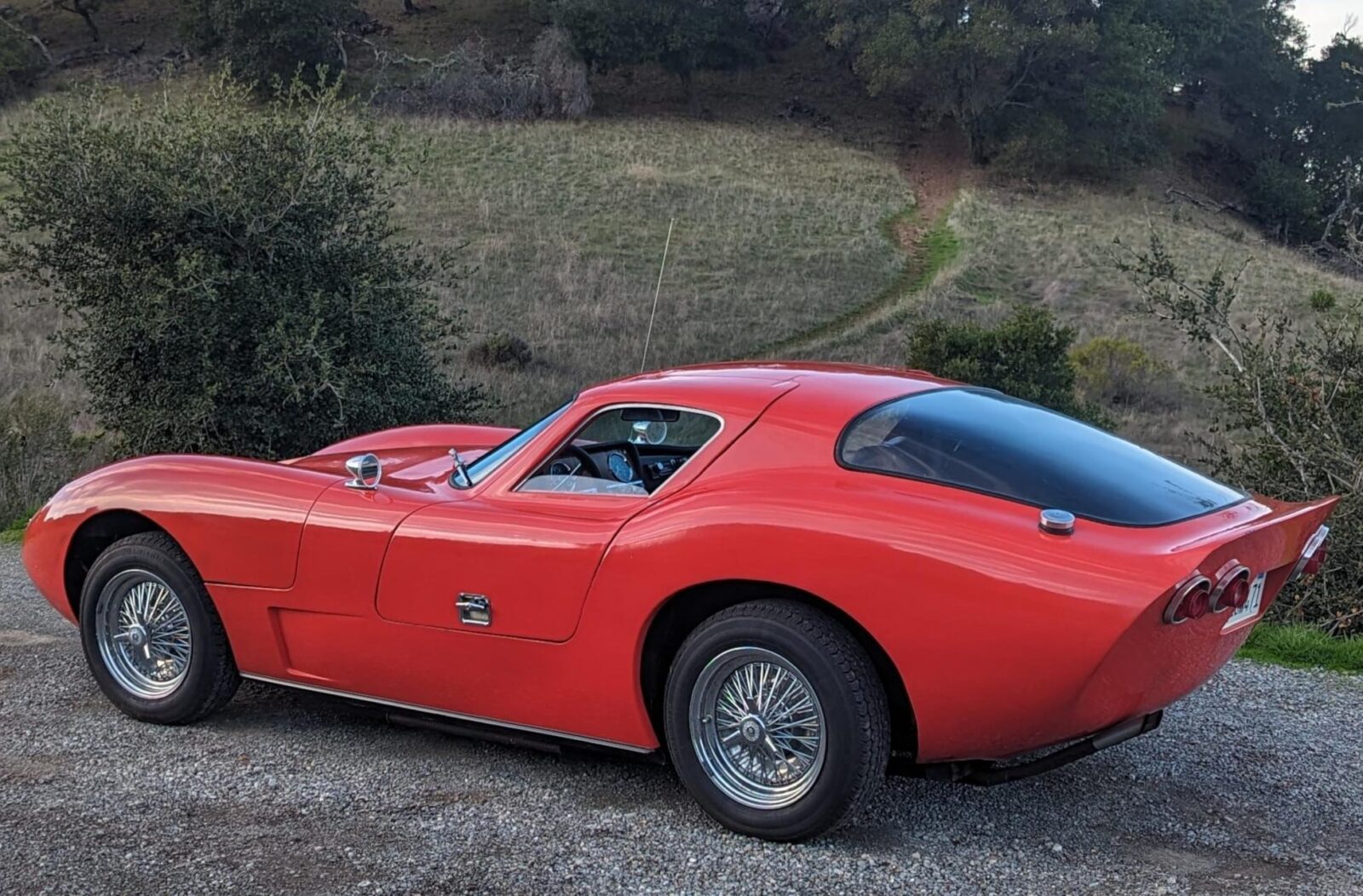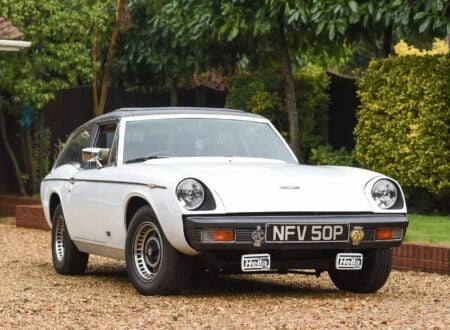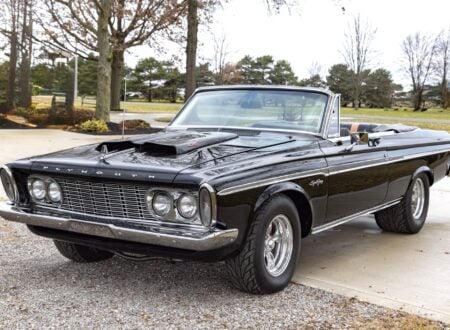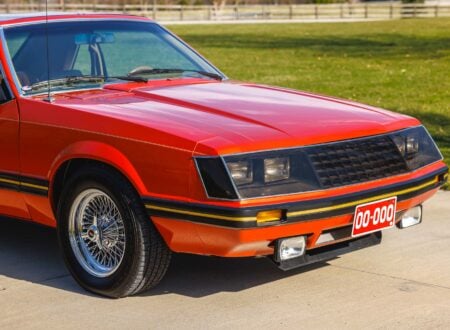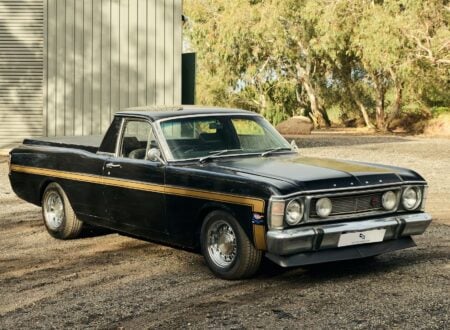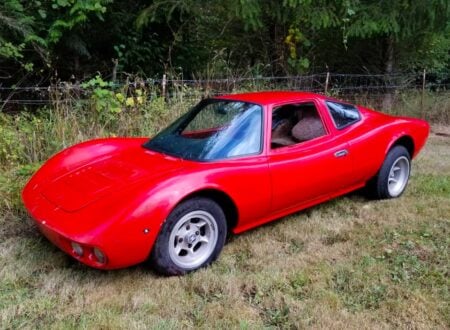This is a 1960s-era Fiberfab Caribee, an unusual American sports car designed by Russell and Chris Beebe. Just 12 of these are said to have been built, and they could be constructed on a variety of chassis, typically sourced from an Austin-Healey, Triumph, or MG.
The Fiberfab Caribee was originally going to be named the Fiberfab Banshee, but General Motors approached the company and bought the rights to the Banshee name to use on the concept car they had in development – the Pontiac Banshee that never made it into production.
Fast Facts – The Fiberfab Caribee
- The Fiberfab Caribee, a rare American sports car, was initially designed in the mid-1960s by Russell and Chris Beebe. Only 12 units were reportedly made. Originally intended to be named the Fiberfab Banshee, the name had to be changed because General Motors bought the rights for their Pontiac Banshee concept car.
- The Caribee was designed to be constructed on various chassis, typically from British sports cars like Austin-Healey, Triumph, or MG. It featured gullwing doors and a front clamshell design for better access to the engine, suspension, and brakes.
- Fiberfab was founded in 1964 by Warren “Bud” Goodwin and John Hebler in Palo Alto, California, originating from Goodwin’s earlier venture, Sports Car Engineering. The company initially focused on producing fiberglass body panels and kits for popular cars like Corvettes, Mustangs, and Jaguars.
- The Fiberfab Caribee shown in this article is based on an Austin-Healey 3000 chassis and it retained many original components including the engine, transmission, suspension, and brakes. This setup included a 3.0-liter straight-six engine and a four-speed transmission with overdrive, making it suitable for highway use.
The Fiberfab Company Of California
The story of Fiberfab is undeniably one of the most fascinating, and at times tragic, stories in the history of 20th century kit cars.
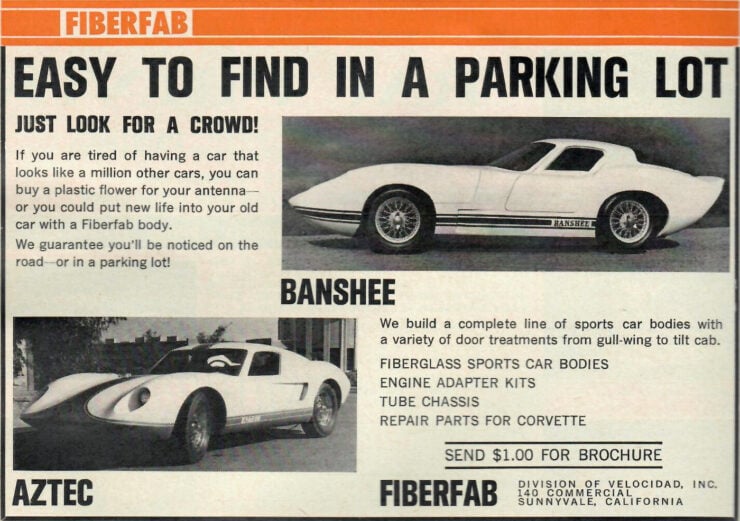

The first seed of what would become Fiberfab began as Sports Car Engineering (SCE) in 1957 founded by amateur sports car racer Warren “Bud” Goodwin. He sold the company for a profit just a year later to Du Crest Fiberglass, but he remained interested in starting his own sports car company from scratch.
In 1964 he got his wish, founding the Fiberfab Company with business partner John Hebler in Palo Alto, California. At first the company offered lightweight fiberglass body panels and bodykits for Corvettes, Mustangs, and Jaguars – targeted at people who wanted to lighten their cars for better performance and improved looks.
In 1966 the company launched a line of complete fiberglass body kits including the Apache, Aztec and Aztec II, and the Centurion. The company began producing the Valkyrie in 1967, a kit car based on the Ford GT40 that they claimed was the fastest car in the world at the time, with a top speed of 180 mph. Each Valkyrie is said to have come with a parachute as standard.
The Murder Of Jamaica Goodwin
In 1967 Fiberfab was turned on its head when the company founder Warren Goodwin shot and killed his 28 year old wife Jamaica Goodwin. The exact circumstances are murky, however he was convicted of voluntary manslaughter and sentenced to twelve months imprisonment.
Warren Goodwin would never set foot outside of prison again, he died of a massive heart attack just a few months into his sentence in late 1968.
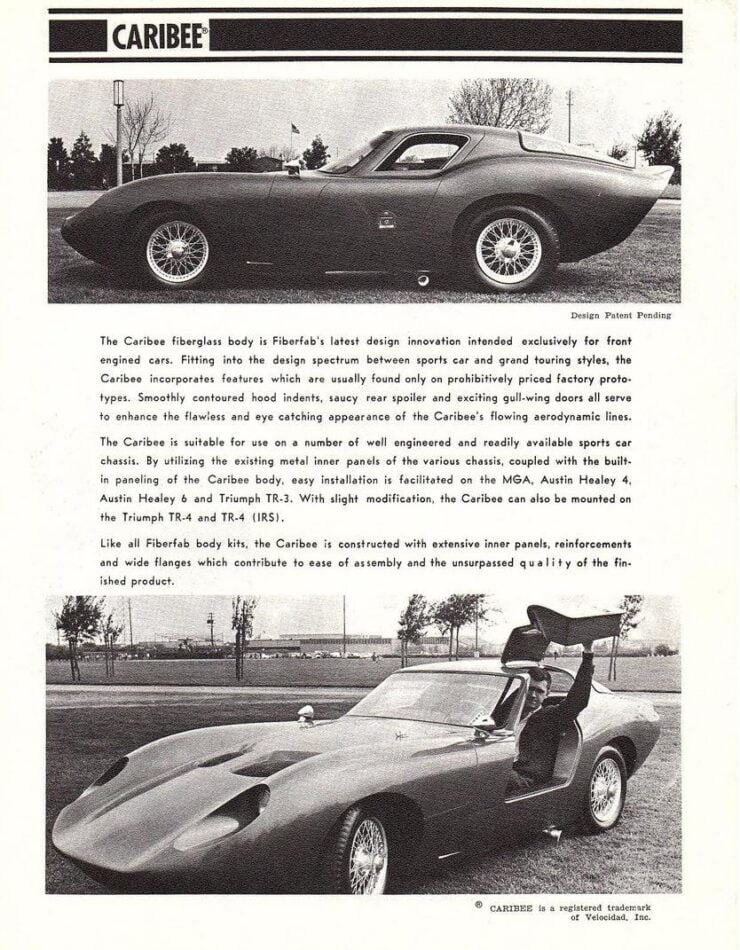

Despite this tragedy Fiberfab continued on, releasing the Fiberfab Jamaican in 1968, a car designed by Chris Bebee that some say was influenced by the Lamborghini Miura.
Fiberfab would go through a few ownership changes over the succeeding years, interestingly the company is still in business today and their website claims that the company is now under new ownership, and that they’re planning to build new turnkey cars.
The Fiberfab Caribee
The Fiberfab Caribee was developed in the mid-1960s as a front-engined GT car, offering sports car handling and styling that has been compared to both the Shelby Daytona and the Ferrari 250 GTO, though you may need to be squinting a little to make the connection.
Much like the other vehicles developed by Fiberfab, the Caribee was essentially a fiberglass shell that could be installed over a number of different chassis so long as the wheelbases matched up. Common choices for donor chassis were the Austin-Healey 3000, the MGA, and the Triumph TR3, though there were other options.
The removal of the original steel body and the fitment of the lightweight fiberglass body could have transformative effects on these British sports cars, helping them become notably faster even without any engine work.
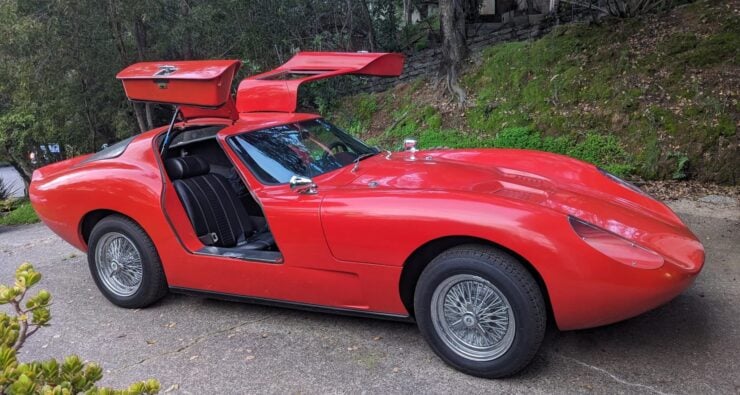

The Caribee has gullwing doors and a clamshell front end that folds forwards to offer excellent access to the engine, front suspension, and front brakes. The quality of the interior and the fit and finish was heavily dependent on the skill level of whoever built it, so different cars can vary quite significantly in both looks and performance.
It’s not known how many Fiberfab Caribees have survived to the modern day, it looks like there are at least six but fiberglass cars like this have a way of surviving where others would have rusted into dust, and so more examples of the model may show up over time.
The Fiberfab Caribee Shown Here
The car you see here is a 1960s Fiberfab Caribee that’s based on an Austin-Healey 3000, including the engine, transmission, chassis, suspension, and brakes.
The Big Healey was one of the more powerful vehicles that the Caribee could be built on, thanks in no small part to its 3.0 liter straight-six producing upwards of 150 bhp depending on the specific version.
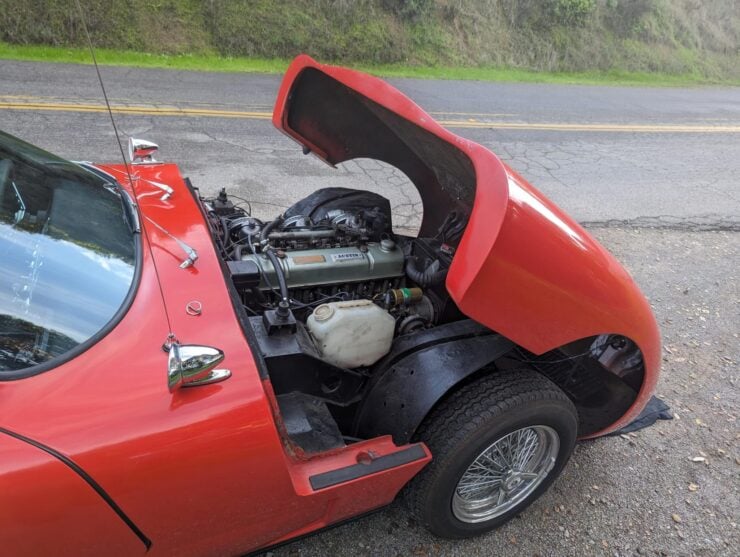

This Caribee has the 4-speed with overdrive Healey transmission, meaning it’ll be highway friendly, as well as triple SU carburetors, 15” steel wheels, front disc brakes, and an AM/FM/cassette stereo.
The car is now being offered for sale out of San Rafael, California on Bring a Trailer with a clean California title listing the vehicle as a 1962 Austin-Healey. If you’d like to read more about it or register to bid you can visit the listing here.
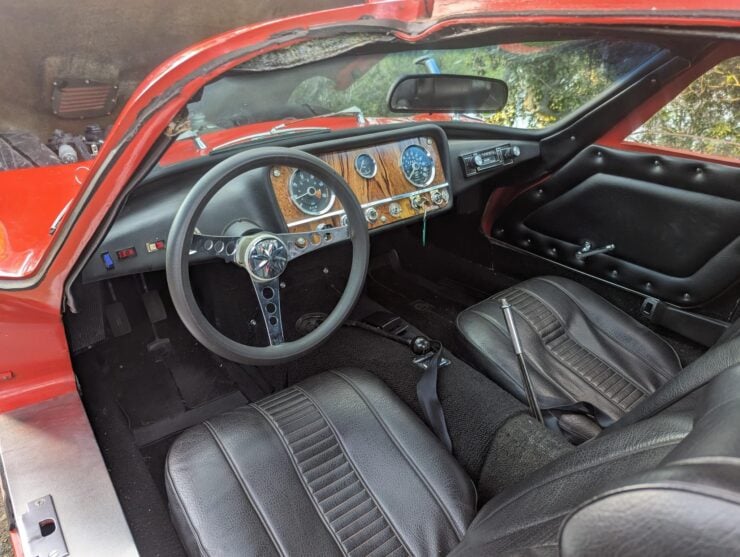
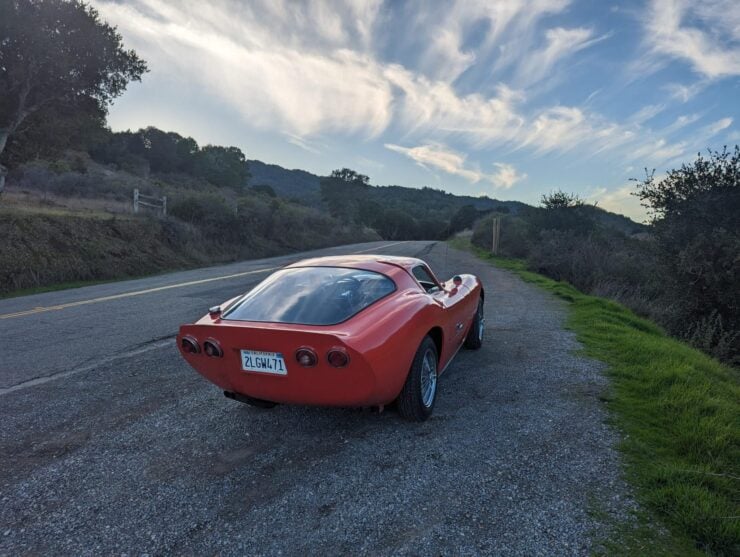
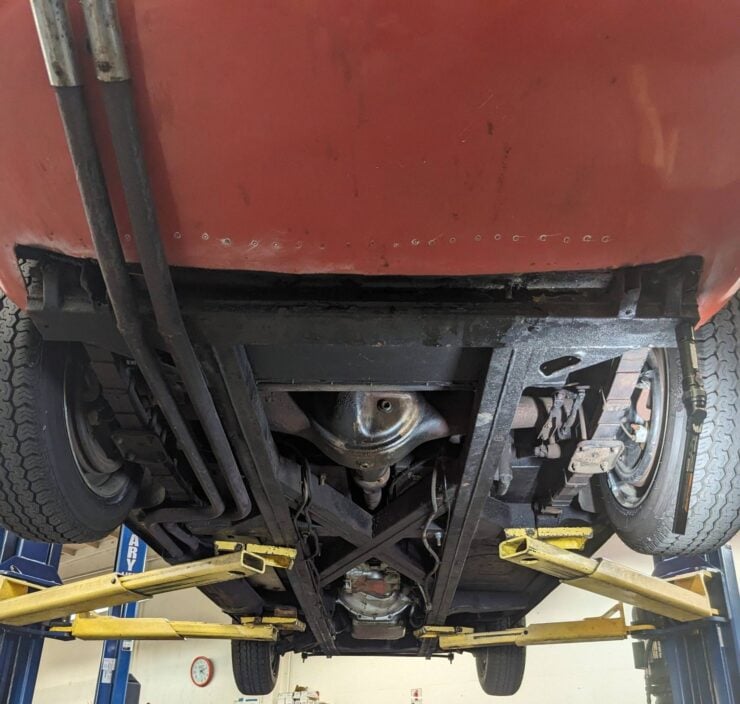
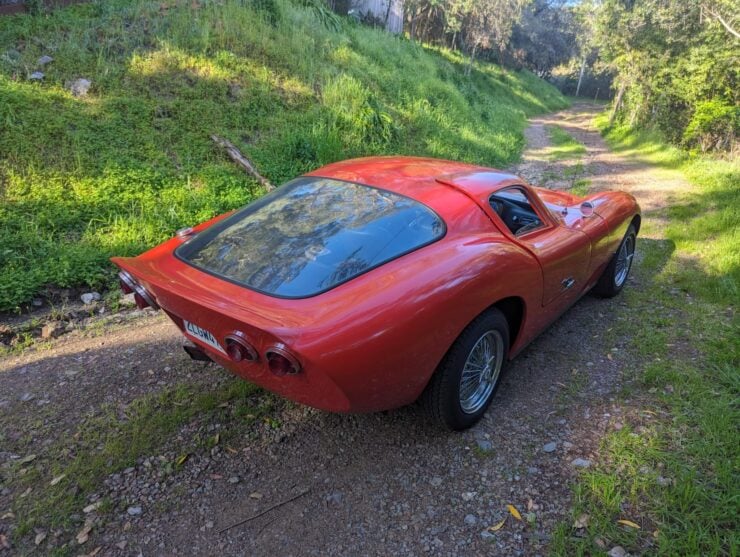
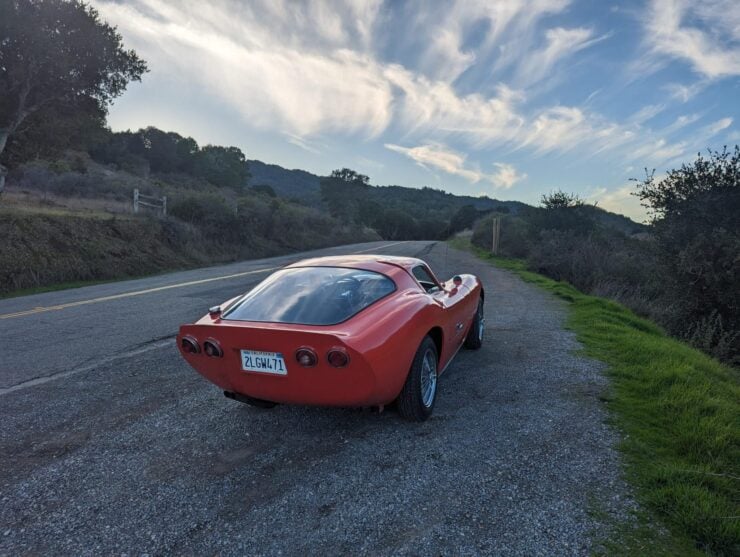
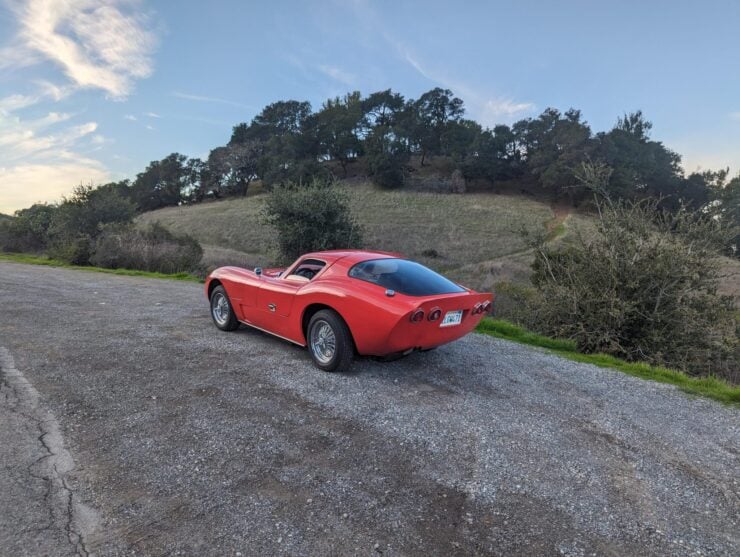
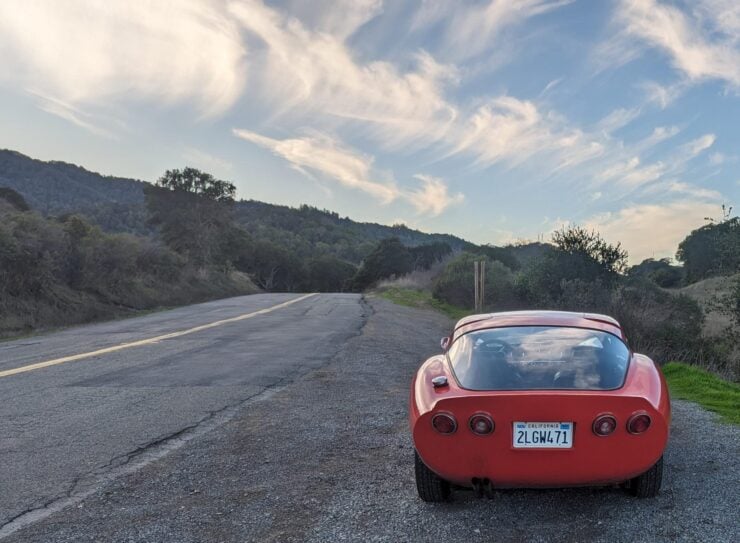
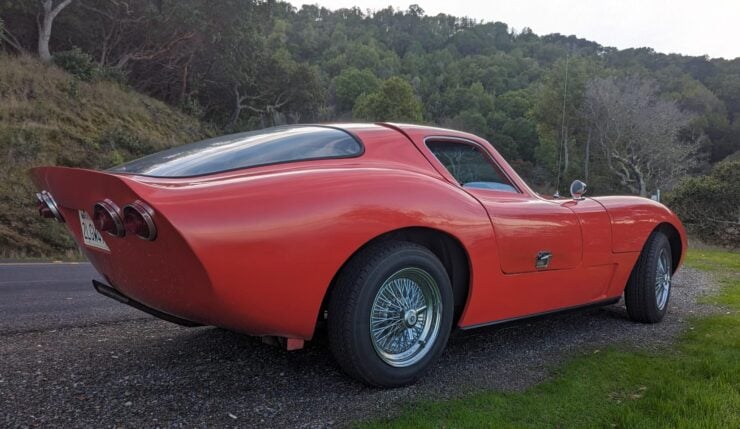

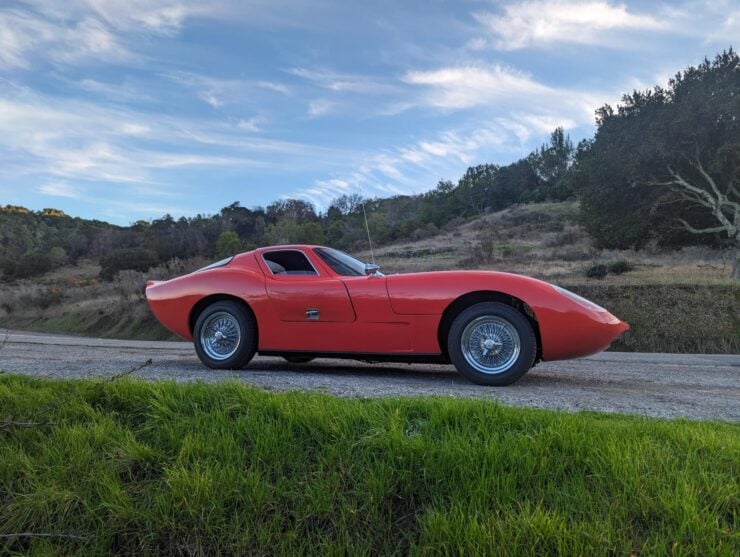
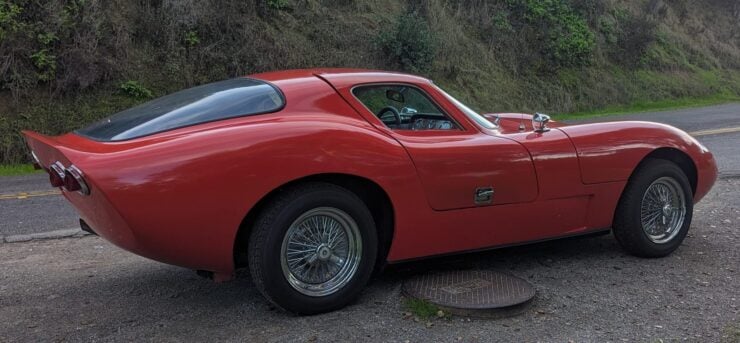
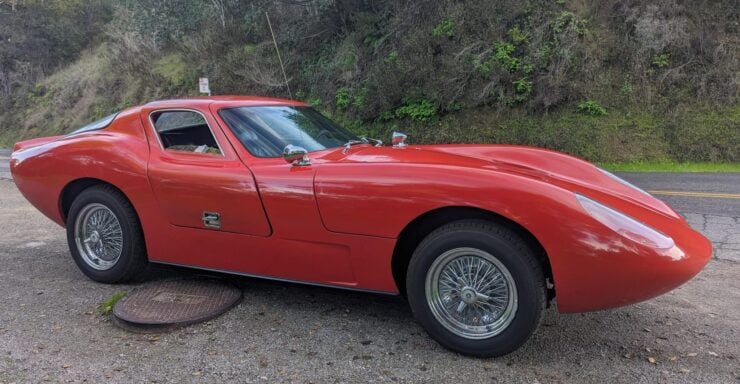
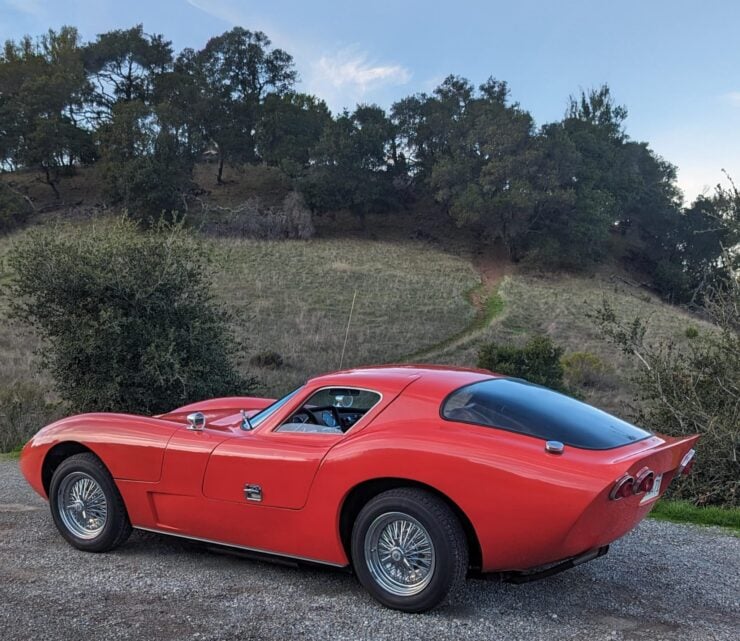
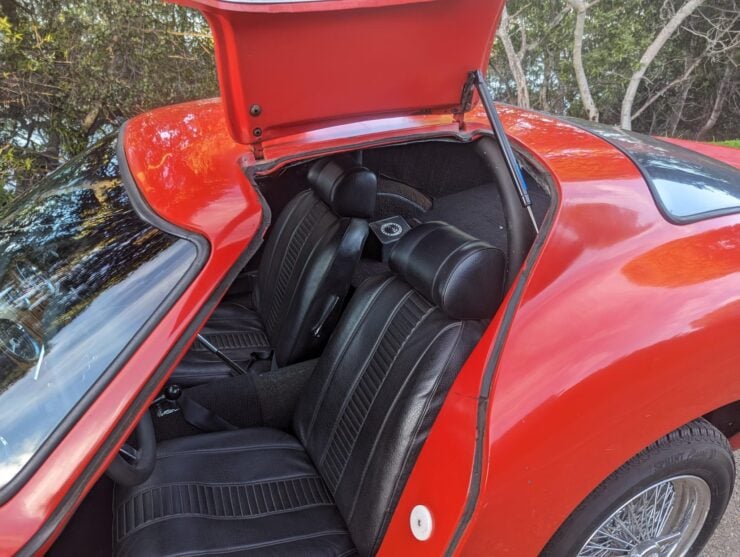
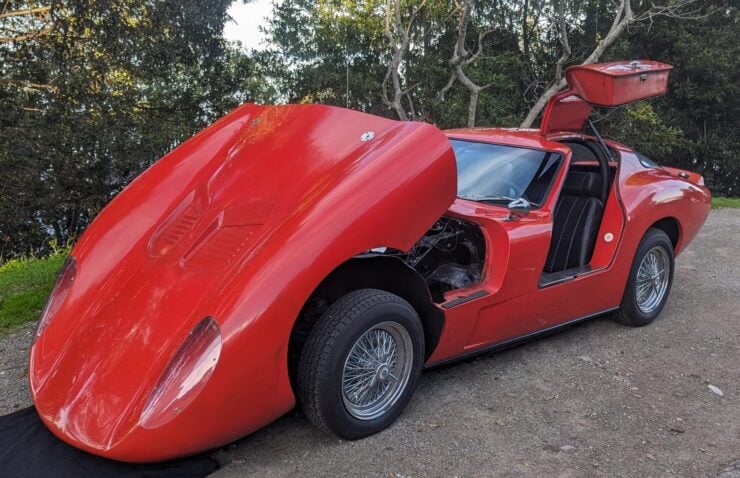
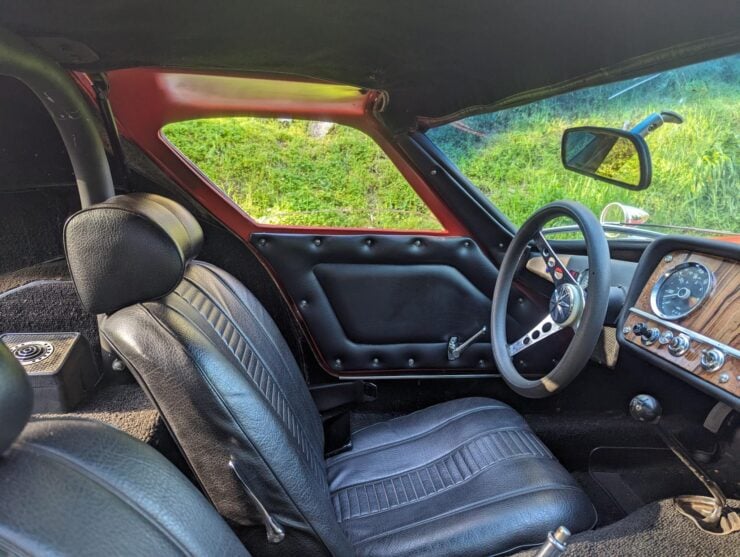
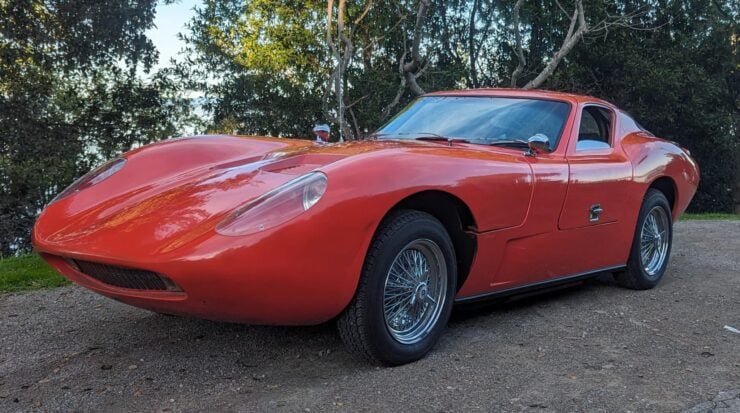
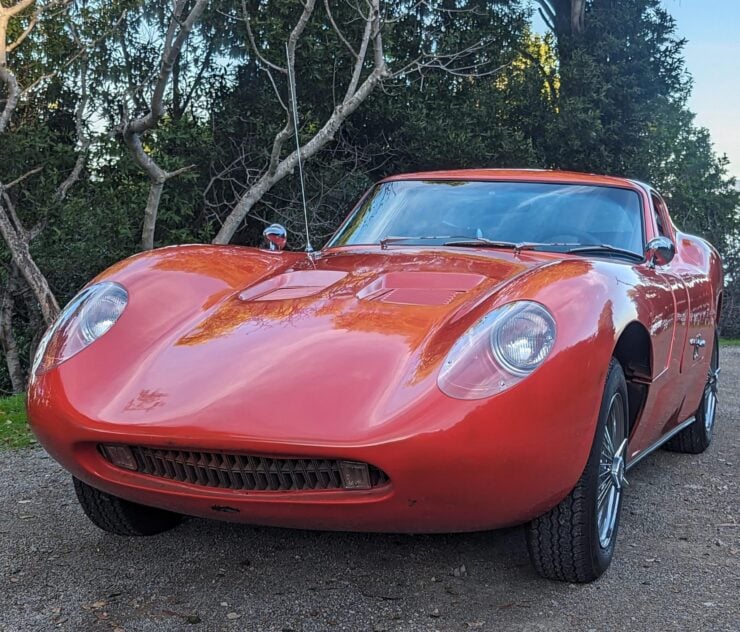
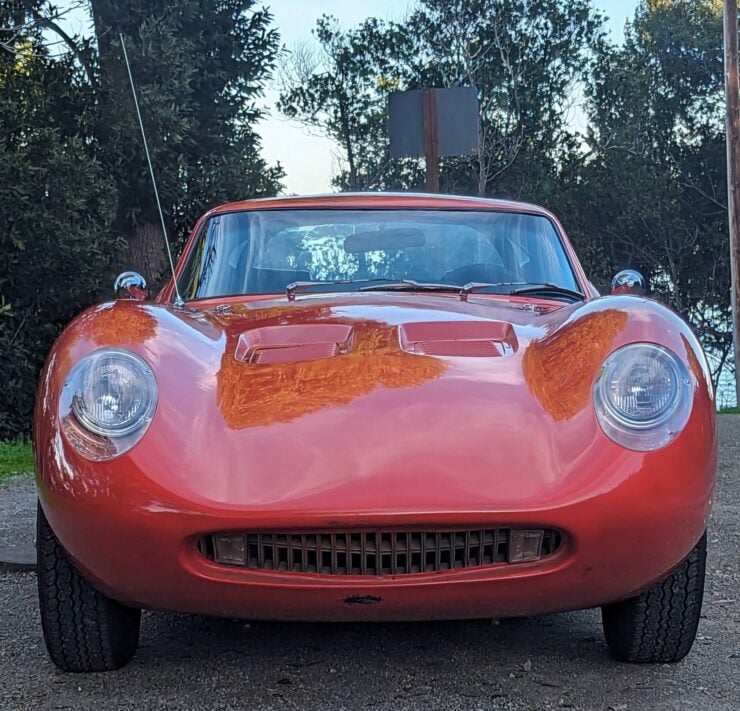
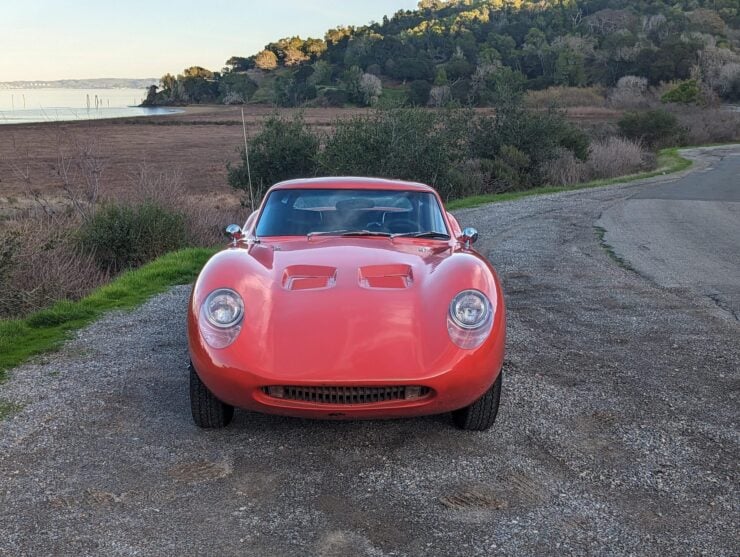
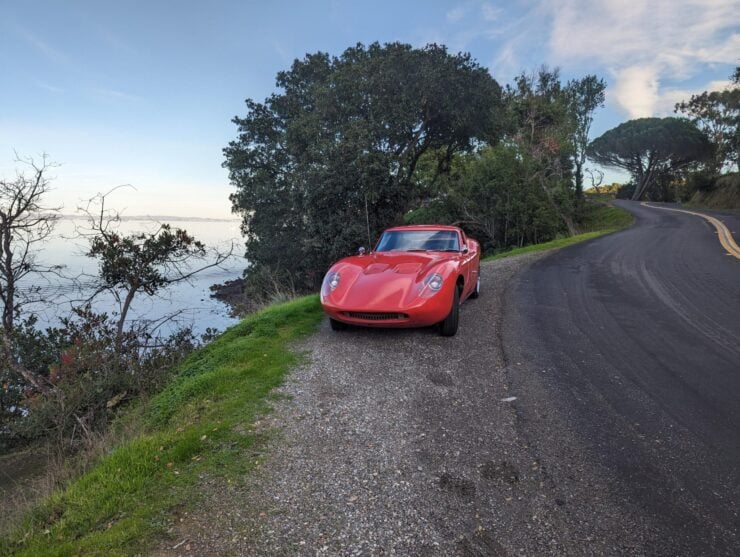
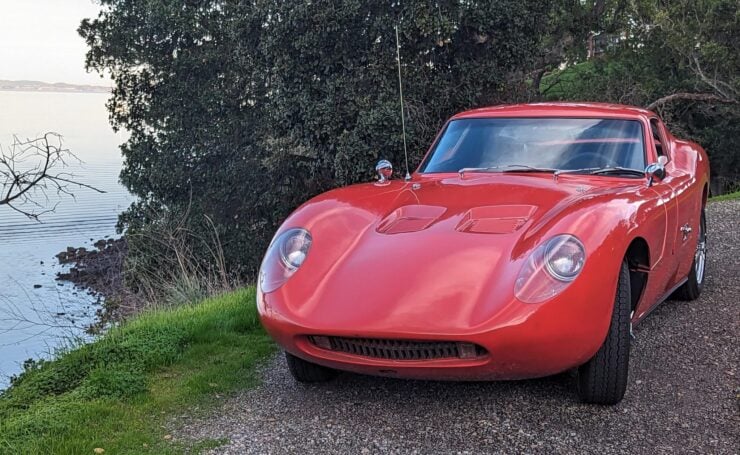
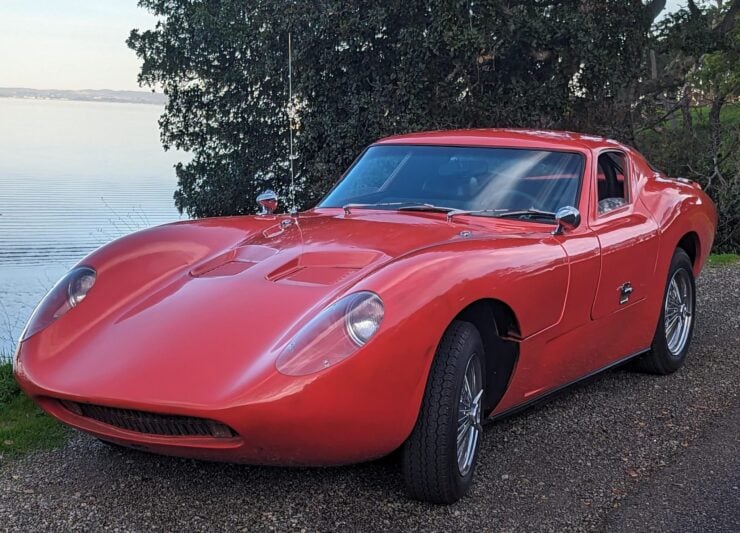
Images courtesy of Bring a Trailer

